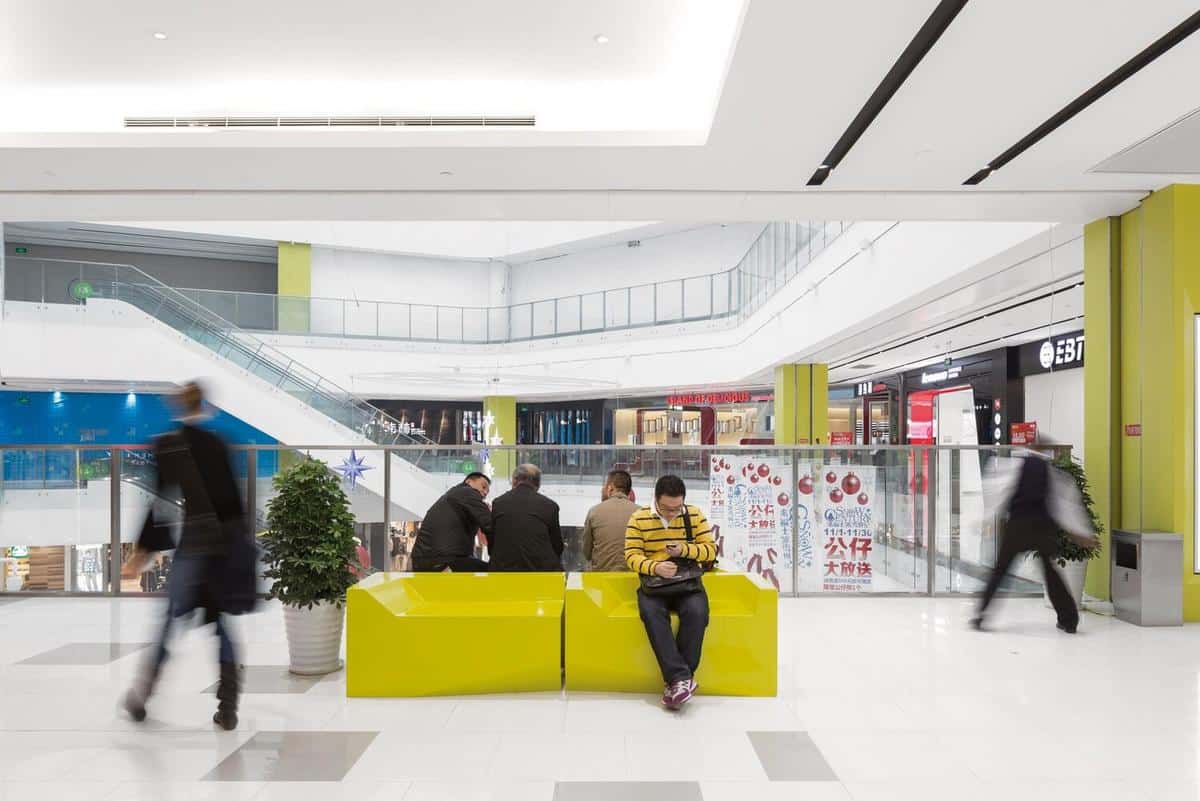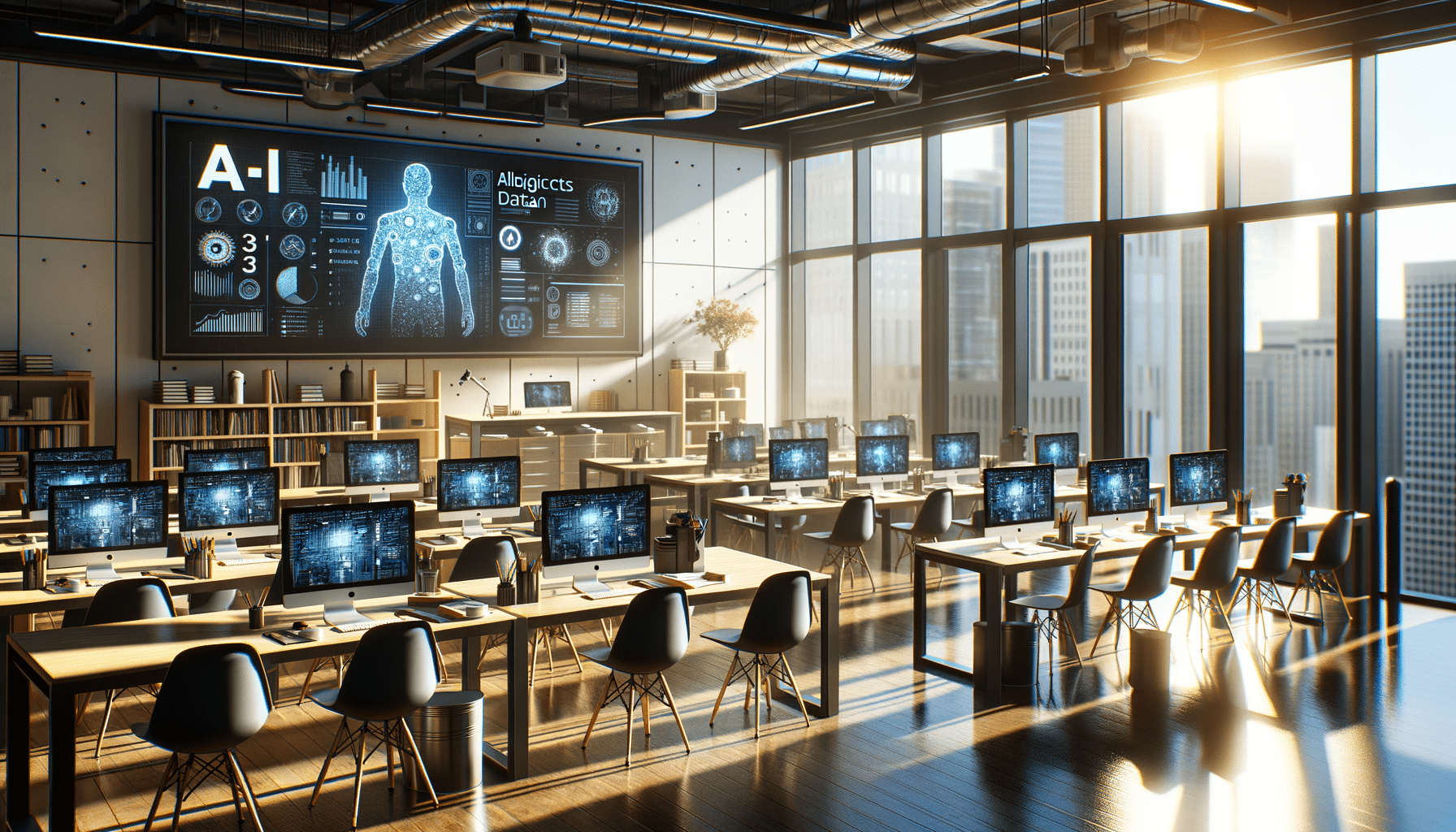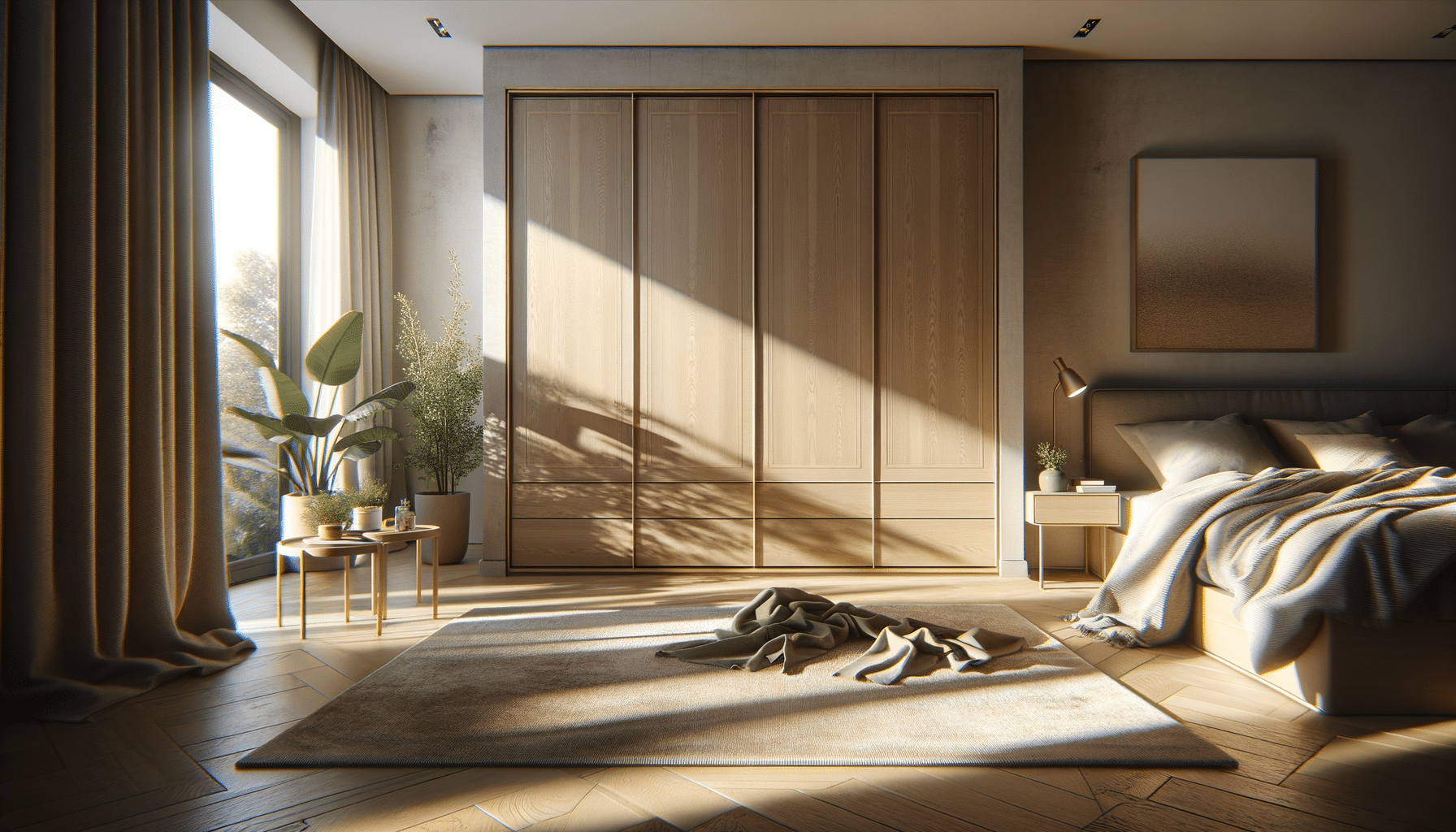
The Decline of Brick-and-Mortar: Retail Real Estate Trends
The retail landscape is undergoing significant transformation, as the traditional brick-and-mortar stores face challenges from the digital boom. This shift is reshaping retail real estate trends, leaving many to question the future of physical retail spaces.
Understanding the Shift in Retail Real Estate
The decline of brick-and-mortar stores is a multifaceted issue influenced by changing consumer behaviors, technological advancements, and economic factors. The rise of e-commerce has been a major disruptor, with online sales projected to reach over 25% of total retail sales by 2025, according to industry reports.
Expert Insights
An industry expert, Howard Schultz, notes, ‘Retailers must adapt to the evolving landscape by integrating technology and enhancing the in-store experience to remain competitive.’
Statistics Highlighting the Trend
A recent study by Statista indicates that the number of store closures in the United States reached approximately 10,000 in one year alone, highlighting the drastic impact on retail real estate.
Examples from the Field
Consider a once-bustling shopping mall in a mid-sized town. Once a community hub, it now stands partially vacant, a testament to the shift in consumer preferences towards online shopping. Local businesses within the mall have had to innovate or relocate to more profitable locations.
Adapting to the New Retail Reality
For those involved in retail real estate, adaptation is key. Here are some actionable strategies:
- Embrace Mixed-Use Developments: Transform retail spaces into mixed-use developments combining residential, office, and entertainment facilities.
- Focus on Experience: Enhance in-store experiences to attract foot traffic.
- Leverage Technology: Utilize data analytics to better understand consumer behavior and optimize store layouts.
- Reassess Location Strategy: Prioritize locations with high foot traffic and accessibility.
Consider repurposing underutilized retail spaces for pop-up shops or community events to drive engagement and revenue.
Comparison Table: Traditional vs. Modern Retail Spaces
| Aspect | Traditional Retail | Modern Retail |
|---|---|---|
| Consumer Experience | Transactional | Experiential |
| Technology Integration | Minimal | High |
| Space Utilization | Single-purpose | Multi-purpose |
| Location Strategy | Standalone | Mixed-use |
| Foot Traffic | Stable | Fluctuating |
| Sales Channels | In-store | Omnichannel |
| Adaptability | Low | High |
| Cost Efficiency | Traditional leases | Flexible leases |
Frequently Asked Questions
What are the main reasons for the decline of brick-and-mortar stores?
The main reasons include the rise of e-commerce, changing consumer preferences, and technological advancements.
How can retail real estate adapt to these changes?
By embracing technology, enhancing consumer experiences, and considering mixed-use developments.
Are all retail spaces affected equally?
No, spaces in prime locations or those that offer unique experiences tend to perform better.
Conclusion
The decline of brick-and-mortar stores represents both a challenge and an opportunity for retail real estate. By understanding and adapting to current trends, stakeholders can transform these spaces into thriving hubs for the community. Stay informed, stay flexible, and embrace the change to succeed in this evolving landscape.


